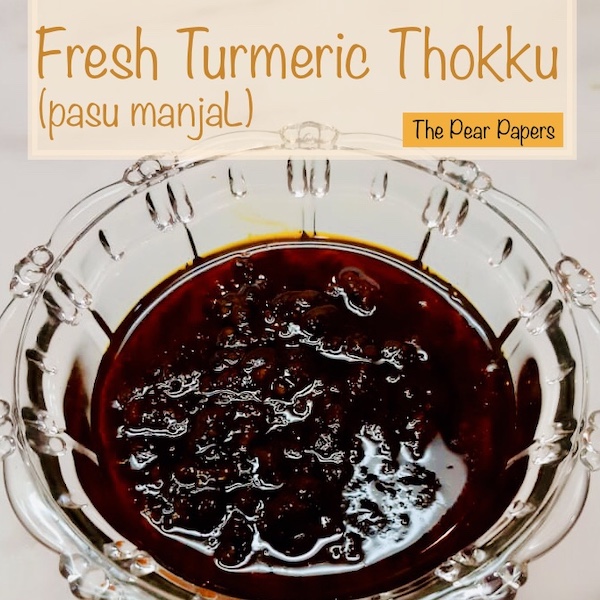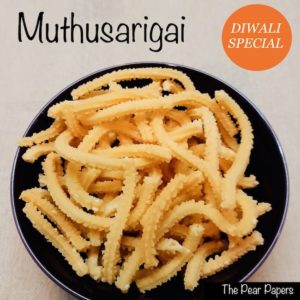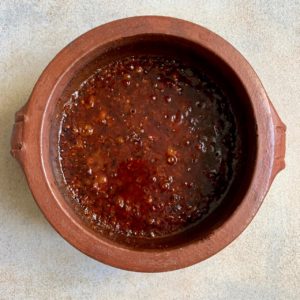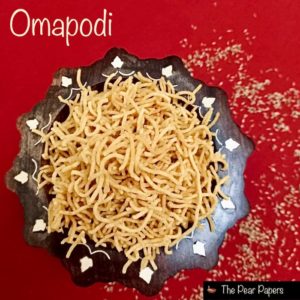
Fresh Turmeric Thokku
Fresh turmeric is called Pasu Manjal in tamil and thokku refers to a variety of spicy pickle. Fresh turmeric thokku is basically a spicy pickle made from fresh turmeric, red chillies and tamarind. Turmeric is one of my favourite ingredients and I simply love its vibrant colour, aroma and how dramatically it enhances the health quotient and appearance of any dish.
Turmeric and, more specifically, fresh turmeric root is extremely healthy and filled with anti bacterial, anti fungal and anti viral properties. In traditional Indian medicine, turmeric plays a vital role in managing many health issues. The main active component in turmeric is ‘curcumin’ – key ingredient to all the healthy benefits turmeric offers, and it is present more in fresh roots than in processed turmeric powder. So, I prefer to use the fresh roots when it is in season rather than the store bought turmeric powder.
I love this time of the year when lot of fresh vegetables, exotic varieties of fresh herbs and spices are available in my region. I love to try out new recipes with the fresh produce available in the supermarkets and local vegetable and fruit markets. Fresh turmeric thokku is the latest variety of pickle I made last week and I simply keep finding reasons to include this in every meal!
Ingredients
Fresh turmeric (peeled and grated) – 1 cup (tightly packed)
Thick tamarind extract – 4 tbsp (or 2 tbsp tamarind paste diluted in 75 ml water)
Dry red chillies – 8 (or red chilly powder 1 1/2 tbsp)
Salt – 3/4 tsp (or to taste)
Sugar (or jaggery) – 1 tbsp
Asafoetida (also called hing) – 1/2 tsp
Sesame oil (for cooking) – 3 tbsp
Mustard seeds – 1 tsp
Yield
1 1/4 cups
Prep time
15 mins
Cook time
20 mins
Method
1) Wash the turmeric thoroughly to remove any impurities, peel and grate.
2) Fry the dry red chillies to make your own flavourful chilly powder (refer fenugreek grape pickle recipe on tips to make chilly powder for pickles). You can ignore this step if using readymade red chilly powder.
3) In a heavy bottom pan, take sesame oil, add mustard seeds and let it splutter.
4) Then add asafoetida and fry for 30 secs. Immediately add the grated turmeric and fry for 3 to 4 mins or until it softens a bit. Fry on low flame so you don’t burn the turmeric.
5) Now add the chilly powder and mix. Add the tamarind extract and salt. Mix and cover the pan. Keep the heat in low to medium and cook for 5 mins or until the raw smell of the tamarind goes.
6) Now add sugar/jaggery to the turmeric thokku and simmer. Allow it to cook for another 3 to 4 mins or until the oil separates and starts to float on top (meaning the turmeric thokku is ready).
7) Switch off the heat and allow it to completely cool down, before storing it in a dry, clean airtight bottle or porcelain jar. This spicy, turmeric thokku can be served as an ideal accompaniment for idli, dosai, roti, puri, plain rice or thayir sadham (curd rice).
Beginners Tips
- Select and buy very fresh reasonably fat turmeric roots. Small tender ones don’t have the rich golden yellow colour.
- Always use cooking grade sesame oil for pickles, unless the recipe calls for any other oil. There is a reason for this – in most of the Indian pickle varieties, lot of chillies are used. Though it tastes great, for some people who have sensitive stomach, it may not be tolerated well. Sesame oil has lot of cooling properties and hence added in pickles to offset the heat produced by the chillies.
- Keep the heat in medium to low while making this pickle. High heat will dry out the turmeric and make the pickle less moist.
- Cool the pickle completely before storing it in clean, sterilised glass/porcelain jars. Even the slightest moisture will spoil the pickle with fungus formation. As a general rule, use dry, sterilised containers to store pickles and use clean, dry spoon to serve. Don’t keep the pickle jar open for a long time to avoid any accidental spilling of liquids which will lead to spoiling of the pickle.


You May Also Like

Muthusarigai
November 10, 2020
Fenugreek grape pickle
November 18, 2019